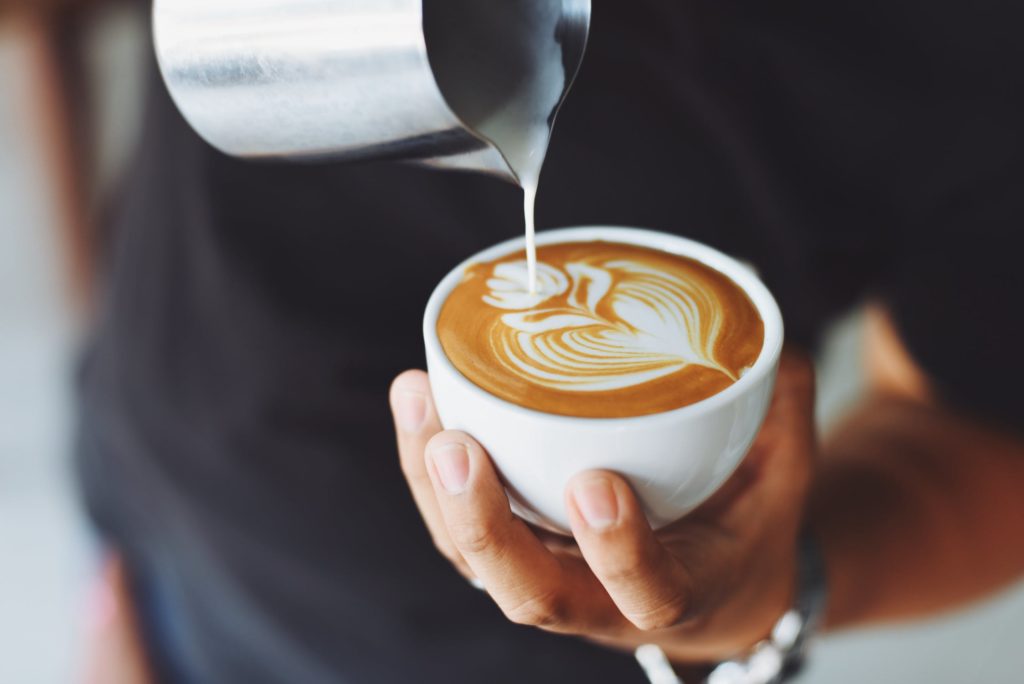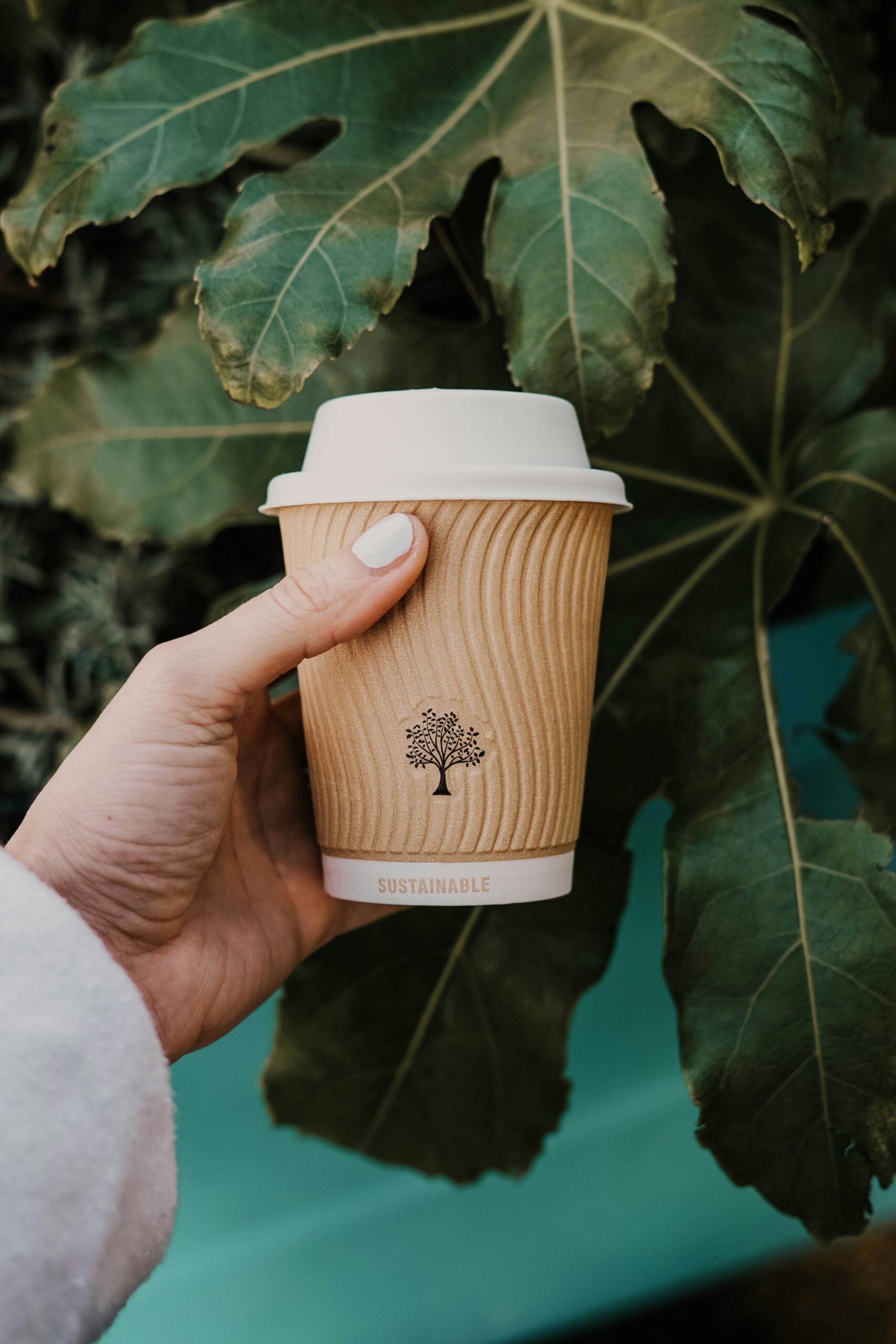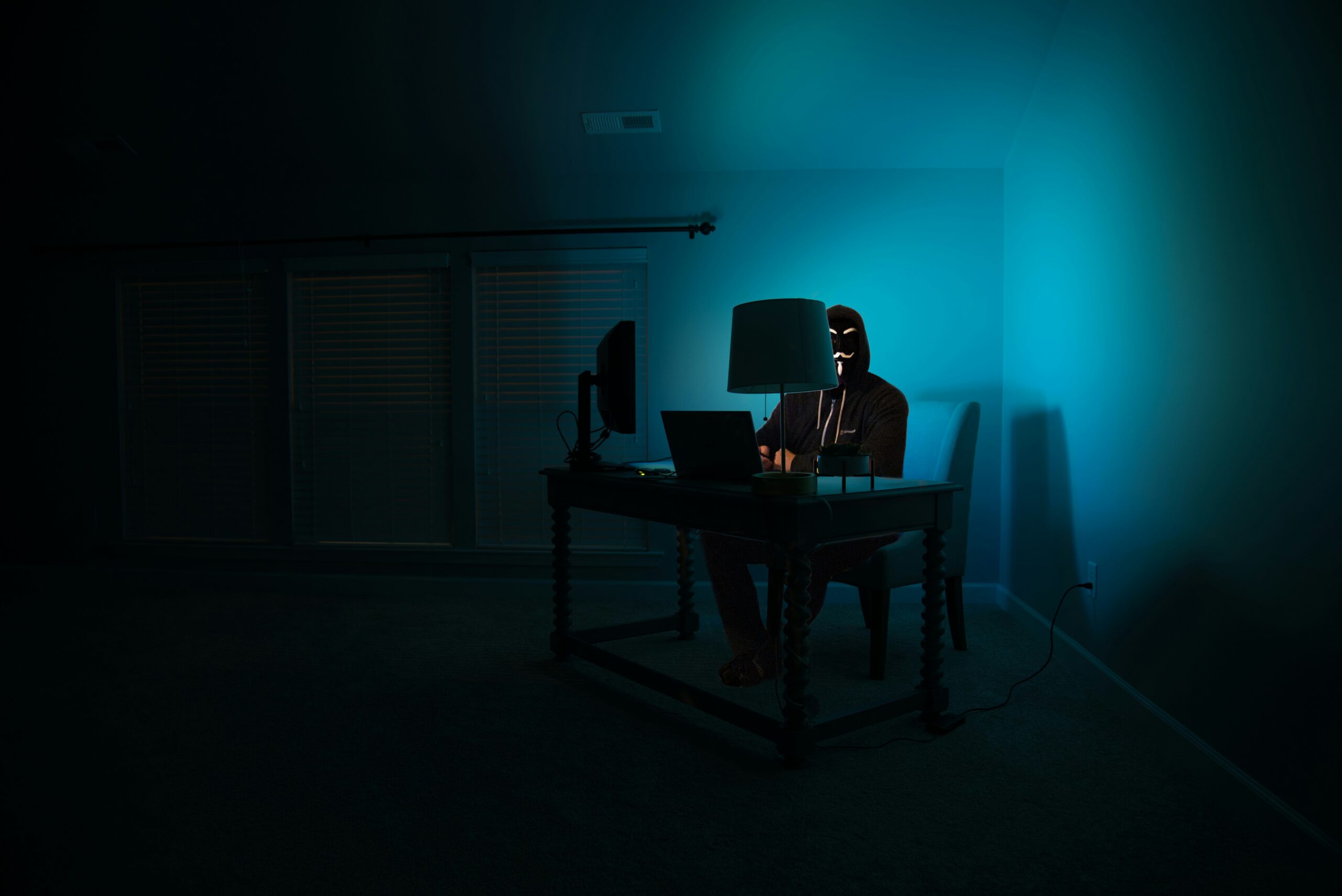
When people walk into a coffee shop in New York City and order a latte, most can experience latte art in shapes of a leaf or a heart. Such shapes are commonplace in latte art, and there are many tutorial videos instructing how to make them. Kangbin Lee,[1] a barista from South Korea, is known for his fancy coffee arts, which include depictions of Disney characters, Ghibli Studio’s characters, Snoopy, Van Gogh’s paintings, and his own creative artwork.[2] Lee calls his coffee art a Cremart. The process of making Cremart is similar to latte art—coffee is topped with foamed-up cream. However, while latte art is made by just the pouring of steamed milk onto a shot of espresso, Cremart is made by using metal rods and food coloring on top of the cream that has been poured on top of cold brew coffee.[3] The questions explored here are whether such Cremart can be copyrighted, and whether the Cremart depicting copyrighted artworks can violate copyright laws.
Traditionally, culinary and food arts, as well as recipes, have not enjoyed copyright protection because they are absent from the list of protected subject matter in the Copyright Act of 1976.[4] However, with expansion of culinary artworks, a chef can claim copyright over food presentation if she can prove that her work is creative enough to meet the originality standard of copyright law. The three general requirements are: (1) existence as a work of authorship; (2) fixation in a tangible medium; and (3) a degree of originality.[5] Thus, under U.S. copyright law, a “sculptural work is copyrightable if it is a work of original authorship fixed in a tangible medium of expression that demonstrates sufficient creativity, and contains artistic aspects that are separable from its utilitarian functions.”[6] As Cathay Y.N. Smith explains in her Article,[7] chefs have a hard time overcoming the fixation requirement because this requires a work to be “fixed in a tangible medium of expression when its embodiment . . . is sufficiently permanent or stable to permit it to be perceived, reproduced, or otherwise communicated for a period of time more than transitory duration.”[8] Additionally, because a food artwork with inseparable utilitarian function cannot enjoy copyright protection, chefs have difficult time proving that their food presentation qualifies as a useful article or applied art.[9]
Although Cremart, due to its placement on top of cold brewed coffee, is “fixed” better than a regular latte art may be, this is similar to the perishable “food-in-a-bowl” sculpture in Kim Seng Co. v. J&A Importers, Inc., and the living garden in Kelley v. Chicago Park District, 635 F.3d 290.[10] Thus, Cremart would not meet the fixation requirement necessary for copyright protection. Cremart would also face difficulty demonstrating that its artistic authorship is inseparable from its utilitarian function—coffee to be consumed. However, as Christopher J. Buccafusco suggests, there are dishes whose “aesthetic merits are separable from the basic need to provide calories” and that case-by-case analysis would be necessary to determine conceptual separability from utilitarian aspects.[11]
Assuming that Lee does not have permission from the copyright holders of the characters depicted in his coffee, Cremart that displays Disney characters, Ghibli characters, and more, might constitute copyright infringement. Cremart that lacks originality could be described as fan art, which is defined as the visual depiction of characters or scenes based upon pre-existing, original sources.[12] Since copyright holders have the sole right to distribute derivative works based on an original creation, they can send cease and desist letters to fan artists.[13] However, the fair use doctrine may protect some fan artwork from constituting infringement. The fair use doctrine is a mixed question of law and fact, and four factors are considered under this doctrine:[14]
(1) the purpose and character of the use, including whether such use is of a commercial nature or is for nonprofit educational purposes;
(2) the nature of the copyrighted work;
(3) the amount and substantiality of the portion used in relation to the copyrighted work as a whole; and
(4) the effect of the use upon the potential market for or value of the copyrighted work.
Since Cremart is not transformative of the original artwork, nor does it parody or criticize the source material, the statutory factors not necessary consider Cremart fair use. However, such fair use analysis should be done on a case-by-case basis, and the fact that Cremart lacks transformative character is not dispositive.[15] The fact that most of the Cremarts are on Instagram to display the barista’s skill set, rather than to promote sale of Cremarts, might weigh toward finding fair use of the copyrighted artwork. Notwithstanding whether Cremart might qualify as fair use, since fan creations are not harmful and are often seen as “free promotion and a way to grow the brand without cost or effort,” most copyright holders tolerate fan art.[16] Likewise, Cremart, a form of latte art, is not replacement of the original, and could be viewed as a free promotion of the brand. Thus, the copyright holders might not choose to pursue copyright infringement action on Cremart.
Skye Cho is a second-year law student at Benjamin N. Cardozo School of Law and a Staff Editor of the Cardozo Arts & Entertainment Law Journal. She is interested in tax law and loves coffee.
[1] Kangbin Lee (@leekangbin91), Instagram, https://www.instagram.com/leekangbin91/?hl=en (last visited Mar. 31, 2019).
[2] Clint Rainey, This Is Some Ridiculously Lit Latte Art, Grub Street: Food Art (May 11, 2017), http://www.grubstreet.com/2017/05/this-is-some-ridiculously-lit-latte-art.html.
[3] Robert Koehler, People, Seoul Personalities: Art in a Cup, Seoul (July 6, 2017), http://magazine.seoulselection.com/2017/07/06/art-in-a-cup/.
[4] 17 U.S.C. § 102(a) (2006). The Copyright Act of 1976 protects original literary, musical, dramatic choreographic, pictorial, graphic, sculptural, audiovisual, and architectural works of authorship. Id.
[5] Id.
[6] Kim Seng Co. v. J & A Imp., Inc., 810 F.Supp.2d 1046, 1053 (C.D. Cal. 2011).
[7] Cathay Y.N. Smith, Food Art: Protecting “Food Presentation” under U.S. Intellectual Property Law, 14 J. Marshall Rev. Intell. Prop. L. 1, 9 (2014).
[8] 17 U.S.C. § 102.
[9] Smith, supra note 7, at 11.
[10] Kim Seng Co., 810 F.Supp.2d at 1053 (ruling that the “food-in-bowl” sculpture was not eligible for copyright protection because was perishable, being created with perishable food); Kelley v. Chicago Park Dist., 635 F.3d 290, 303 (7th Cir. 2011) (holding that Kelley’s living garden cannot enjoy copyright protection because it “lack[ed] the kind of authorship and stable fixation normally required to support copyright.”).
[11] Christopher J. Buccafusco, On The Legal Consequences of Sauces: Should Thomas Keller’s Recipes Be Per Se Copyrightable?, 24 CARDOZO ARTS & ENT. L.J. 1121, 1134 (2007).
[12] Sockii, What is Fan Art?, Spacial Anomaly: Art, Culture, & History, Fandom (July 20, 2015), http://www.spacial-anomaly.com/what-is-fan-art/.
[13] 17 U.S.C. § 501(a).
[14] 17 U.S.C. § 107.
[15] Harper & Row Publishers, Inc. v. Nation Enters., 471 U.S. 539, 560 (1985).
[16] Jonathan Bailey, The Messy World of Fan Art and Copyright, PlagiarismToday (May 13, 2010), https://www.plagiarismtoday.com/2010/05/13/the-messy-world-of-fan-art-and-copyright/.



